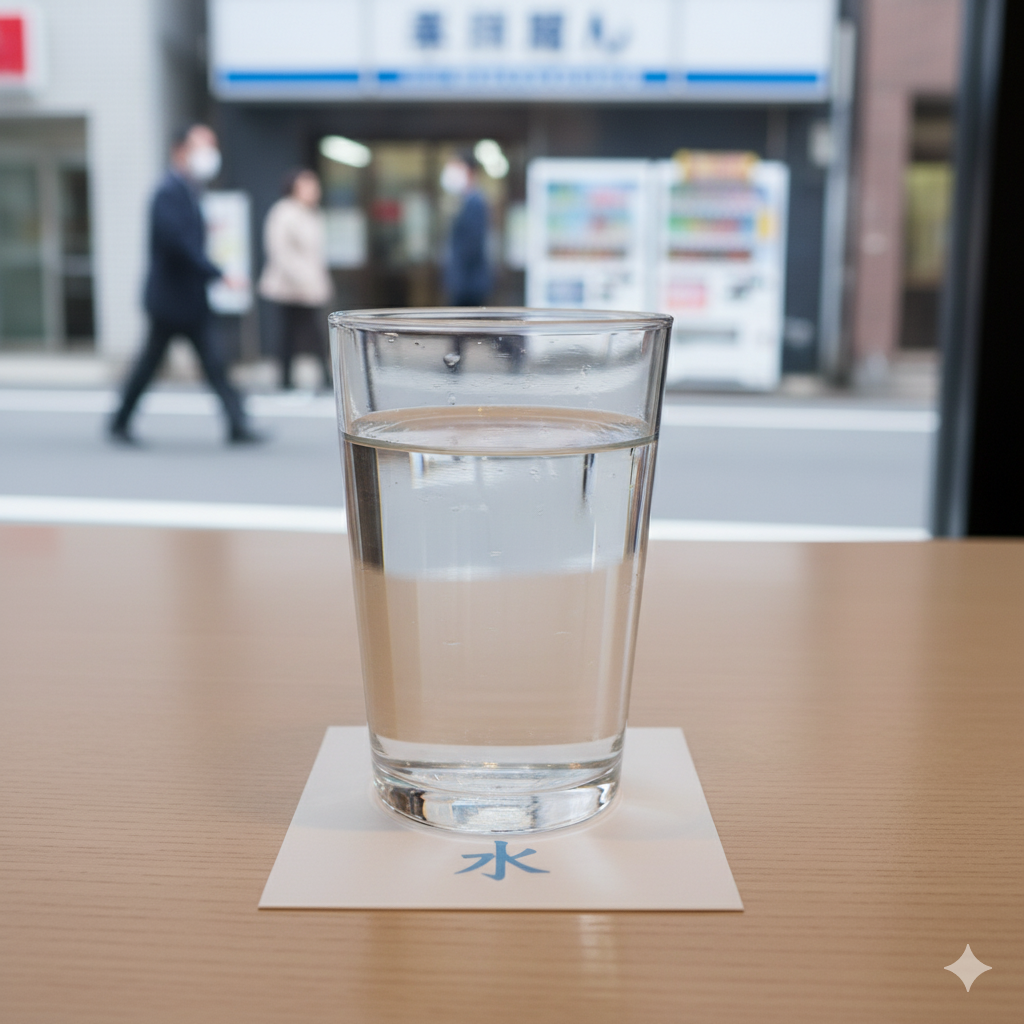Tokyo’s First Snowfall: When It Really Happens and Why Tourists Miss It

For many travelers, seeing snow in Tokyo is a dream a picture-perfect moment of white flakes falling against neon lights and historic temples. But for most visitors, that dream never quite happens. Despite Tokyo’s reputation as a winter destination, its first snowfall is one of the most unpredictable seasonal events in Japan. Here’s when it really happens, why so many tourists miss it, and how to make the most of your winter visit with or without snow.
When Does Tokyo Actually See Snow?
Tokyo usually gets its first measurable snowfall between late January and early February, though light flurries can sometimes appear as early as December. The city’s winter is generally cold but dry, with average daytime temperatures hovering around 8–10°C. Because the Pacific side of Japan faces dry winter winds, Tokyo doesn’t get much precipitation, unlike the snow-heavy regions of Niigata, Nagano, or Hokkaido.
On most years, Tokyo only sees one or two days of light snow, and even then, it rarely sticks for long. Locals often say, “It snows in Tokyo just enough to make the news.” When it does accumulate, train delays and excited social media posts follow, a reminder that snow here is still something special.
Why Tourists Usually Miss It
The biggest reason travelers miss Tokyo’s snowfall is timing. Many international visitors arrive during the Christmas and New Year holidays, expecting a winter wonderland. But Tokyo’s snow usually comes weeks later, when most travelers have already gone home.
Another reason is location. Even when snow does fall, it may not settle in central areas like Shibuya or Shinjuku. The higher outskirts places like western Tokyo, Ome, or near Mount Takao are more likely to catch a dusting that lingers longer. For a guaranteed snow experience, locals often recommend a short day trip to Karuizawa, Hakone, or Nikko, all reachable within a few hours by train.
The Science Behind Tokyo’s Rare Snow
Tokyo’s geography plays a big role in its mild winters. Surrounded by mountains to the west and the Pacific Ocean to the east, the capital sits in a “snow shadow,” meaning cold air masses lose much of their moisture before reaching the city. Even when snow clouds form, the slightly warmer air over the Tokyo Bay area often turns flakes into rain before they reach the ground.
Climate change has also made winters in Tokyo warmer and shorter, reducing the chances of snow even further. In recent years, some winters have passed without any measurable snow at all a trend that meteorologists expect to continue.
Experiencing Tokyo’s Winter Charm Without Snow
Even if you miss the snowfall, winter in Tokyo still has a magic of its own. The city glows with illumination displays, steaming bowls of ramen and oden warm up chilly evenings, and traditional onsen day trips offer relaxation just outside the city. Parks like Shinjuku Gyoen and Ueno are serene in winter, and the crisp, dry air often means clear views of Mount Fuji from observation decks like Tokyo Skytree or Roppongi Hills.
If you’re visiting in January or February, don’t forget to check local forecasts Tokyo’s first snow often arrives suddenly, lasting only a few hours. You might just get lucky and see it fall while walking across the famous Shibuya Crossing, a rare scene even locals stop to photograph.
So, When Does Tokyo Really See Its First Snow?
Usually, late January but as any local will tell you, when it happens, it’s worth the wait. Pack warm, keep an eye on the forecast, and have your camera ready, because Tokyo under snow is one of the most beautiful and fleeting sights you’ll ever see.



